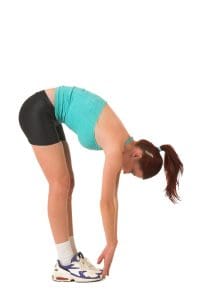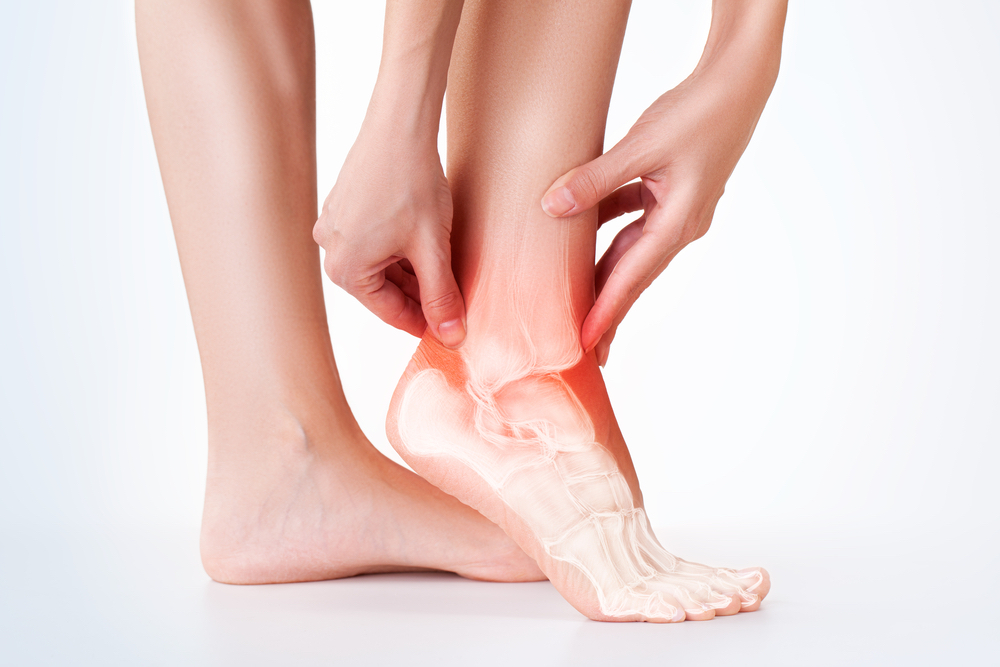 Jack Nicklaus, Fred Couples and the current No. 1 golfer in the world, Tiger Woods, are plagued with back pain.
Jack Nicklaus, Fred Couples and the current No. 1 golfer in the world, Tiger Woods, are plagued with back pain.
Talk to recreational golfers, and you’ll find most have struggled with lower back pain. Playing with pain isn’t fun. It ruins your ability to perform and adds strokes to your game.
Overuse and repetitive strain injuries are the major sources. To see where you stand now and evaluate your risk of low back pain this summer, try these two movements at home:
Simple toe touch
Standing with your feet shoulder-width apart, bend at the waist and go down as far as you comfortably can. Fingers should be able to touch the toes at minimum.
Thoracic rotation
Sit in a chair with your back away from the back of the chair. Put your feet and knees together at 90-degree angles to the floor. Extend both arms in front of you and place your hands and fingers together. Rotate to one side without your fingers sliding off each other. Proper range should be close to 60 degrees of rotation and both sides should be close to equal.
These are by far the most commonly restricted movements I see in golfers. These assessments should be pain-free and effortless. You should not struggle to do these simple tests.
Each part is just as important as the next in the golf swing. Inability to rotate around the ball or bend at the waist properly significantly increases the load on muscles and spine, leaving you more prone to injury and adding strokes. Even worse, it could keep you off the course.
 To help with these movements, begin with simple stretches. Try some yoga poses like “Pigeon” or “Thread the Needle.” Look up “the Brettzel.” Give foam rolling a try or take a lesson from a golf pro. Try exercising and strengthening the core or lose weight if needed. Make sure to warm up using some of these strategies before a round of golf. Keep track of your progress by retesting the movements above.
To help with these movements, begin with simple stretches. Try some yoga poses like “Pigeon” or “Thread the Needle.” Look up “the Brettzel.” Give foam rolling a try or take a lesson from a golf pro. Try exercising and strengthening the core or lose weight if needed. Make sure to warm up using some of these strategies before a round of golf. Keep track of your progress by retesting the movements above.
If doing this doesn’t improve these motions or you find yourself in pain, then treatment is the next best step. Treatment should be aimed at restoring these movements. If they don’t get better, neither will you.
Nobody likes taking pain pills or hearing a visit to the doctor is in order, but when PGA Tour pros have a team of therapists to help them with aches and pains, then maybe you should try one.
Before your first round of golf, test yourself, aim to improve these motions to normal, eliminate your low back pain, and take your game to the next level.
Source: www.thegazette.com; Cody Scharf; April 6, 2014.









